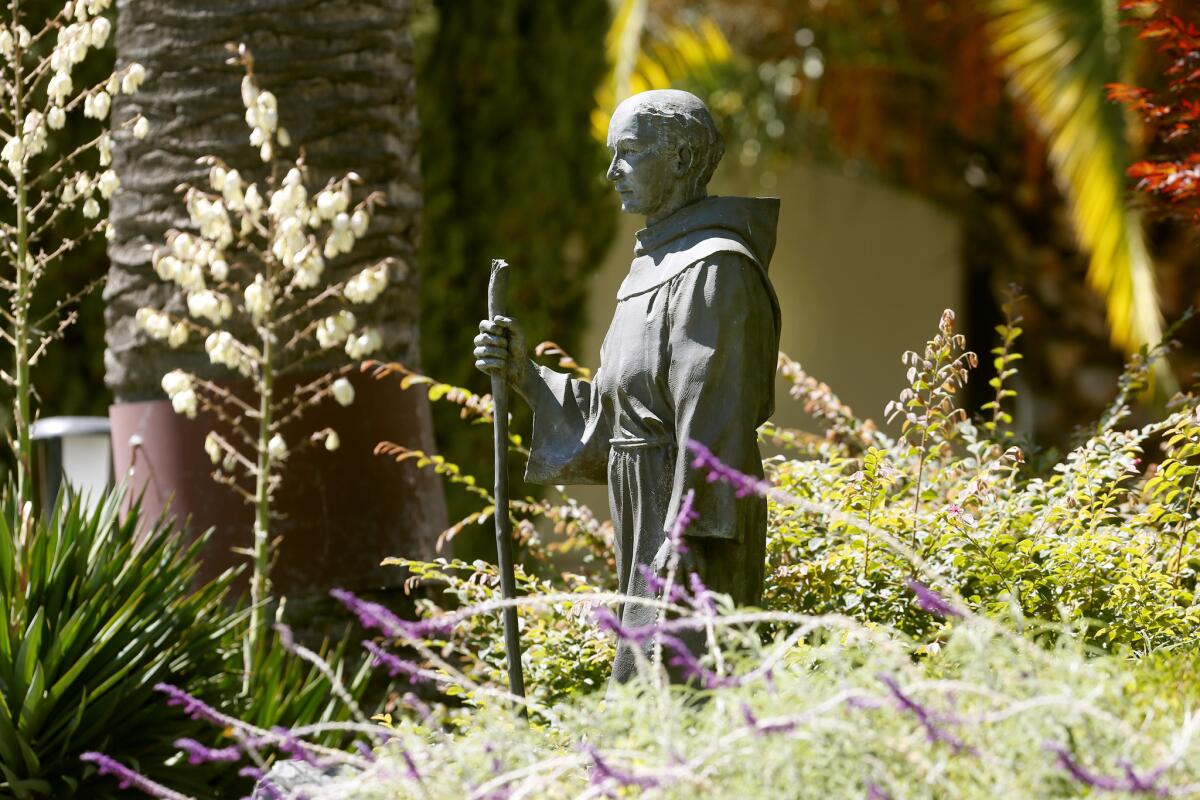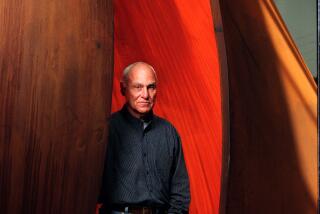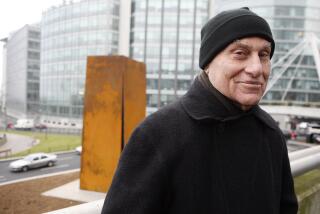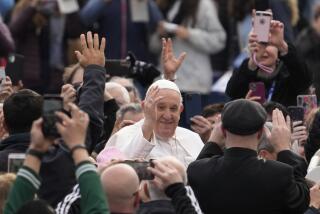On Junipero Serra, soon to be sainted by Pope Francis

On Thursday, Pope Francis told reporters that he plans to canonize Junipero Serra, the Franciscan who created California’s mission system. The Spanish-born Serra, who lived and evangelized in Mexico and California for 30 years, will be named a saint “in September, God willing,” the pope said.
After Serra’s death in 1784, his longtime associate Francisco Palou quickly penned a laudatory biography -- “a hagiography,” notes professor Steven W. Hackel -- that detailed the priest’s life and work.
In 2013, Hackel published a biography that puts Serra’s life in a historical context with contemporary understandings of what followed. “Junipero Serra: California’s Founding Father” (Farrar, Straus and Giroux; 352 pp.; $27) outlines how the ambitious young priest went from European scholar to an administrator and evangelist in the New World, tracing his path from Mexico to Alta California -- the state of California we know today.
We talked to Hackel about the soon-to-be-sainted Serra by phone.
What was Serra like?
Serra was very complicated. He was controversial in his own day; he was a very interesting man. Serra grew up in Majorca, lived there until he was 36. Before he left he was learned, almost precocious in his accomplishments. ... He seems to have been a man moving too quickly.
[In 1749], he’s called to the New World, and comes to Mexico [City]. Immediately, because of his learnedness and accomplishments, he becomes a leader of the Franciscans. For 20 years, he’s a missionary there. ... It’s there that we see elements of Serra’s character that we’ll see later. He’s combative with military officials, always believing he is universally right. He’s a very skilled administrator who uses all the powers of Franciscans to get his way.
[Years later], he travels around Mexico, speaking in small villages to Catholics in a very dramatic way -- beating his chest with a stone, lashing himself with chains, extinguishing a burning taper on his chest. Serra was known to be a very dramatic, fiery speaker who brought people to their knees. He does that for a dozen years, then goes to Baja. Serra’s time begins in California at age 56.
Why do you think Serra is being lined up for sainthood now?
Why Serra? Serra represented a kind of Catholicism that was uncompromising and unyielding. His life was lived in a single pursuit -- the gospel.
He was terrifically inspirational for other missionaries, and he spearheaded the chain of missions that run from San Diego to San Francisco and north. ... A place that is now so important to the Catholic Church. There are 39 million people in California, 11 million Catholics.
It seems like there was a lot of back and forth between the Franciscans and the Jesuits in the region.
There was a tremendous amount of rivalry among these orders. When the Jesuits are out, the Franciscans come to Alta California. They practiced the same faith but were not on the same team.
What made you want to tell Serra’s story?
What attracted me to Serra was not his faith; my book is not a brief for or against canonization. When we think about early American history, the 13 colonies -- it’s dominated by Protestant, English-speaking men. Take a man like Serra -- Spanish, Catholic -- and how do you put him in the history of our nation-state? How do we move to a larger, multicultural, multireligious version of American history? Serra helps us do that.
Serra was an imperial priest aligned with an absolutist government. Much of colonial America was established by Father Serra and men like him. The role that he played creating a system that was very detrimental to native peoples is part of a larger hemispheric history.
Twitter: @paperhaus
More to Read
Sign up for our Book Club newsletter
Get the latest news, events and more from the Los Angeles Times Book Club, and help us get L.A. reading and talking.
You may occasionally receive promotional content from the Los Angeles Times.







